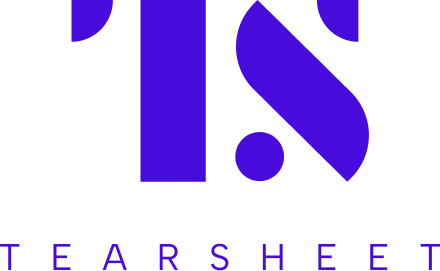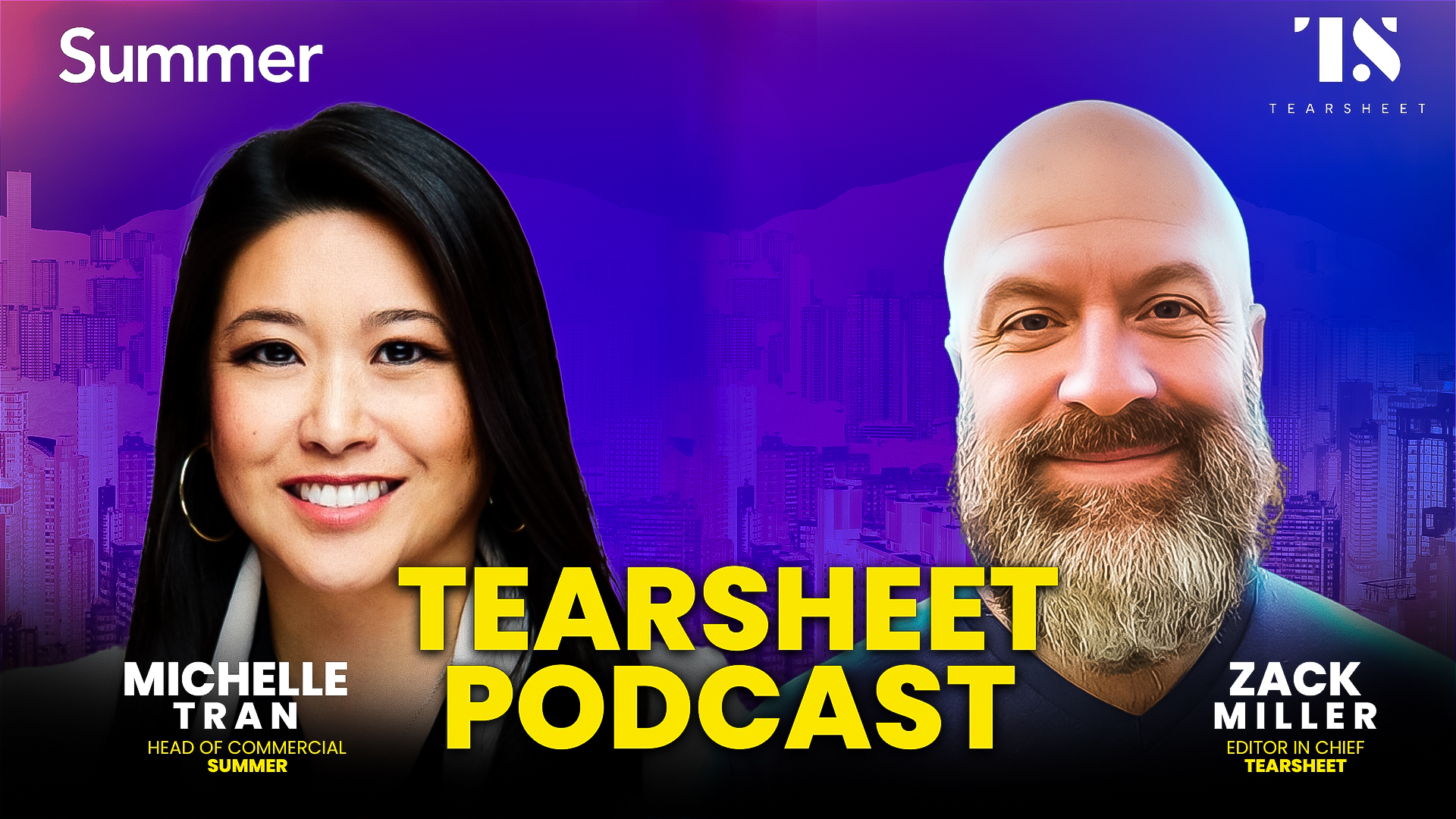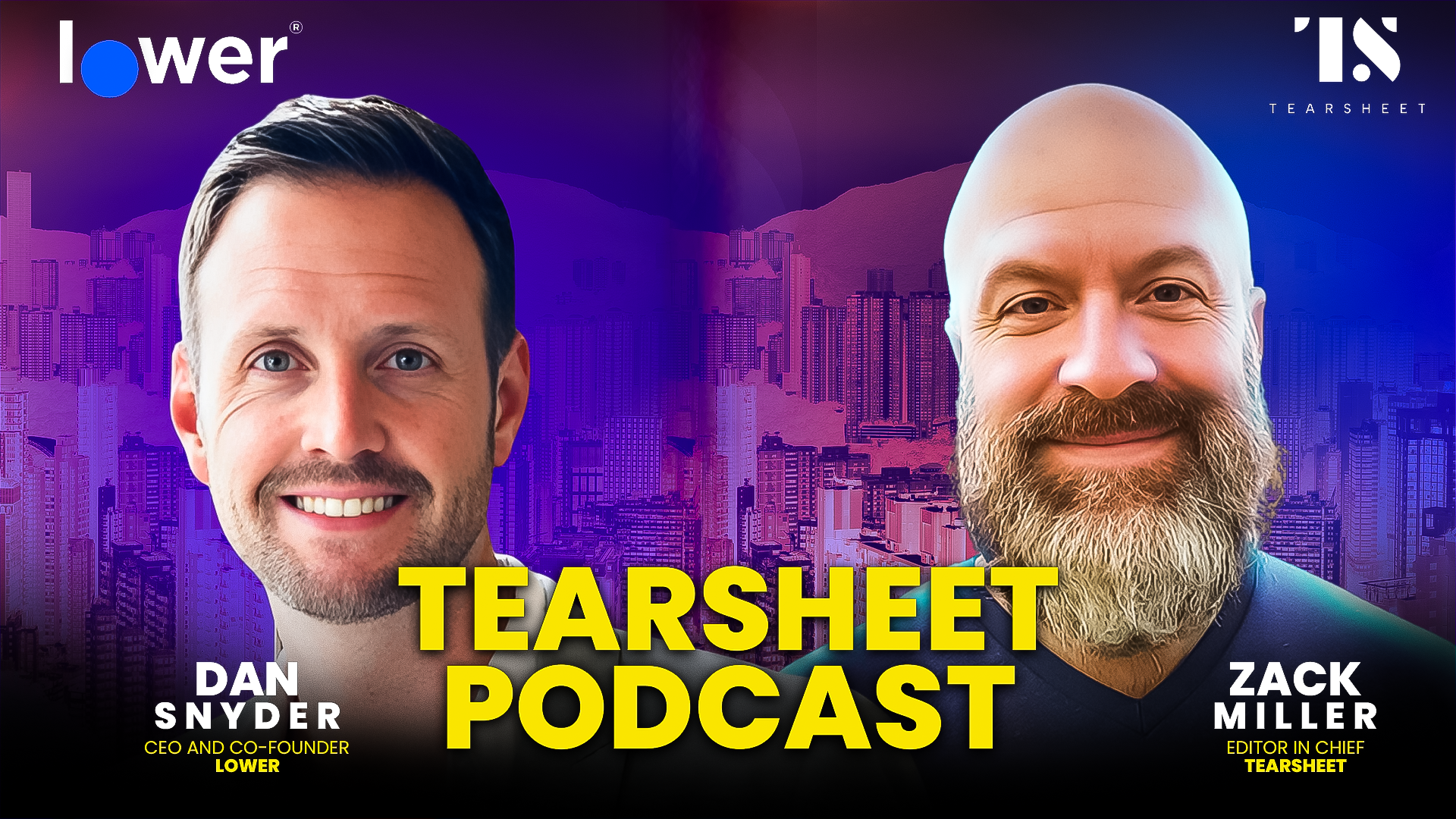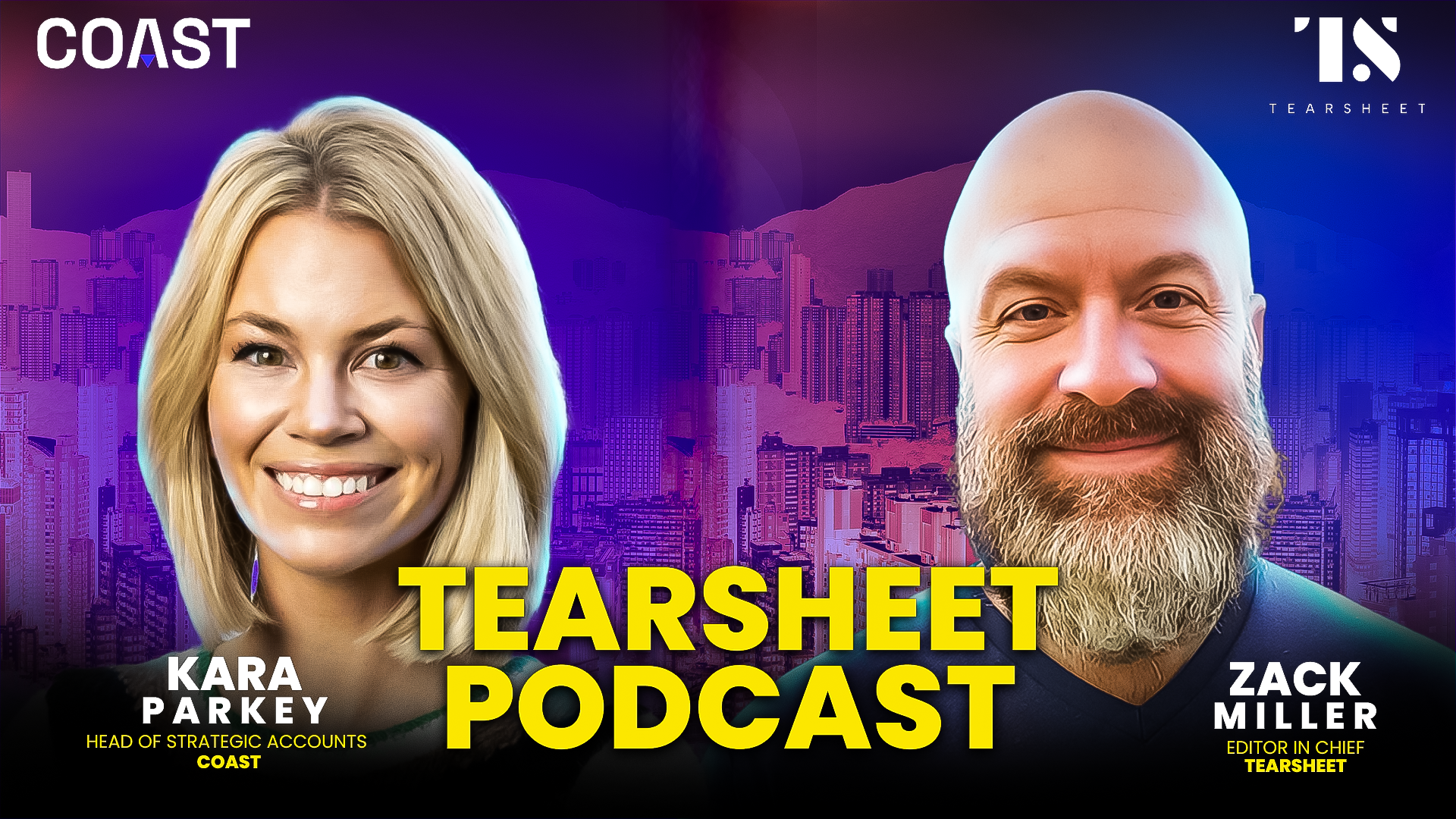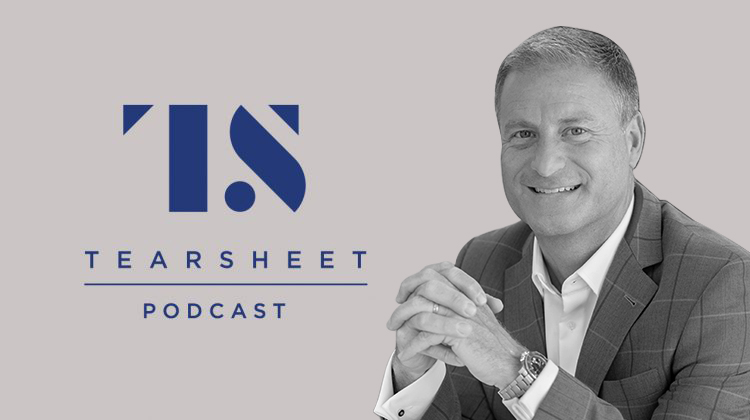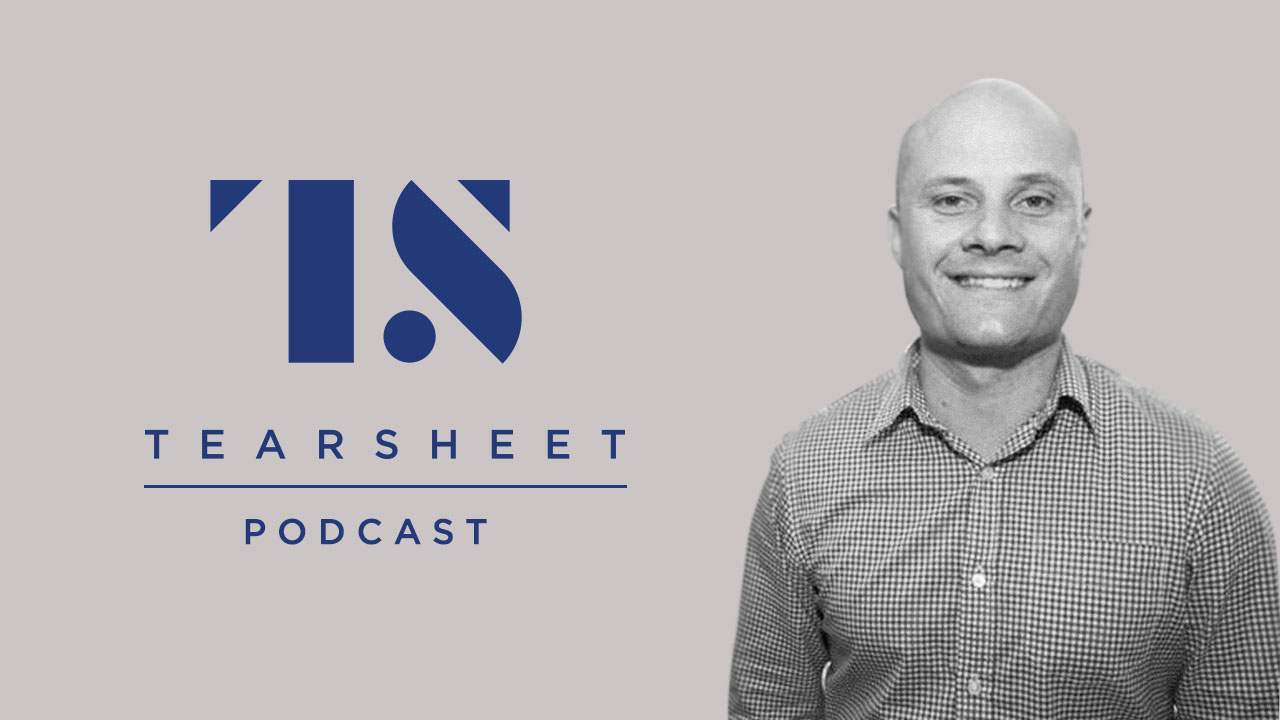The financial services industry has always been built on trust. Artificial intelligence is editing the rulebook on what that means. As banks and fintechs are pushing to deploy AI across everything from fraud detection to personalized recommendations, they’re discovering that customers’ definition of trustworthiness has evolved far beyond traditional metrics like security and reliability.
Today’s consumers want to know not just that their money is safe, but how algorithms are making decisions about their financial lives. They’re requesting transparency about data usage, explainability in AI-driven recommendations, and proof that these powerful new tools actually serve their interests, not just institutional bottom lines.
We asked industry leaders across financial services, fintech, and their supporting ecosystem how they’re navigating this new trust landscape. Their responses reveal both the complexity of the challenge and the emerging strategies that are actually working.
The new trust equation
The numbers tell a stark story about consumer sentiment. According to recent research from Accenture, while banks remain the most trusted entities for protecting customer data, 84% of customers are concerned about how that data gets used. Even more telling: only 26% are comfortable with extensive AI usage for data analysis, even when it promises better personalization.
“Today’s customers are no longer just evaluating institutions on performance — they’re scrutinizing how their data is used, how decisions are made, and whether emerging technologies like AI act in their best interests,” explains Monica Hovsepian, Global Senior Financial Services Industry Lead at OpenText. “This shift demands a new trust contract: one built not only on accuracy and speed, but on transparency, explainability, and ethical AI deployment.”
The message is clear: personalization must be transparent and demonstrably beneficial. Financial institutions can no longer assume that faster, smarter service automatically equates to better customer relationships.
Beyond the algorithm: Human-centered AI
For companies serving underbanked populations, this trust challenge carries additional weight. Kelly Uphoff, CTO at Tala, emphasizes that AI innovations must solve real customer problems while protecting dignity and identity. “Not all customers will be dazzled by AI unto itself,” she notes. “The technologists building these new solutions don’t often come from the communities we serve.”
Tala’s approach involves co-creating technology with customers from day one: showing early prototypes, listening to pain points, and incorporating feedback throughout development. They’ve also made hiring from the communities they serve a priority, creating a diverse workforce that better understands customer needs.
This human-centered approach echoes across different sectors of financial services. As Taran Lent, CTO at Transact + CBORD, puts it: “AI doesn’t replace the human relationships at the heart of meaningful engagement, it enhances them by making every touchpoint more relevant, timely, and personalized.”
The fraud fighter’s dilemma
Most likely, nowhere is the AI trust challenge more acute than in fraud prevention, where the technology serves as both weapon and shield. Parilee Wang, Chief Product Officer at Alloy, describes navigating AI from two sides: “It’s being used both as a tool for fraudsters and a tool for fraud fighters.”
While generative AI has enabled fraudsters to scale attacks like synthetic identity fraud, Wang argues that the real innovation lies in moving beyond detection to action. “An AI tool that alerts you to fraud without taking action is like a home alarm that goes off when someone breaks in. If it doesn’t call the police or lock the doors, what’s the point?”
Yinglian Xie, CEO and co-founder of DataVisor, sees AI transparency as critical to maintaining customer trust in fraud prevention. “The ability to explain and verify how AI systems work and the data that drives their decisions is of utmost importance,” she explains. The most effective approaches leverage AI to increase fraud detection while ensuring frictionless customer experiences, proving that security and convenience can be complementary rather than competing priorities.
Practical trust-building strategies
Many concrete trust-building strategies are emerging from early AI adopters in financial services:
i) Label and explain: Public’s approach involves clearly marking all AI-generated content and emphasizing the need for independent verification. “By clearly indicating that content is AI-generated and emphasizing the inherent risks associated with such outputs, we help our members understand what they’re using,” says Rachel Livingston, Director of Communications at Public.
ii) Value at every interaction: Scott Mills, President of William Mills Agency, advocates for using AI to provide consistent value: answering customer inquiries, explaining complex situations, and offering tailored solutions. The key is eliminating friction while adding genuine utility.
iii) Human oversight by design: Derek White, CEO of Galileo Financial Technologies, emphasizes that there’s no “set it and forget it” approach to AI in financial services. “AI applications are only as good as the data that goes into them, and the human oversight and strategy used to guide and deploy them.”
The content and communication challenge
As AI impacts how customers seek information, traditional marketing and communication strategies need updating. Anna Kragie, Account Director at The Fletcher Group, notes that with large language models changing how people look for answers, brands need “a smart AI content and PR strategy centered on content that builds trust with customers.”
This means pivoting toward more authentic, conversational content that directly answers buyer questions, while using media relations to establish authority on high-credibility news sites. In an environment where AI can generate massive volumes of low-quality content, human curation and authentic expertise become more valuable, not less.
Finding the balance
The self-driving car analogy keeps appearing in these conversations, and for good reason. As Brandon Spear, CEO of TreviPay, explains: “Just as autonomous vehicles require human oversight, AI-driven banking solutions must strike a balance between automation and necessary human intervention. The goal is not to replace human judgment but to enhance it with data-driven insights and improved efficiency.”
This balance requires what Transact + CBORD’s Lent calls “robust AI governance frameworks”, clear standards and best practices for both internal teams and vendors, combined with responsible piloting and focus on measurable outcomes over hype.
The trust dividend
Financial institutions that get this balance right stand to gain a significant competitive advantage. As Hovsepian notes, “In a digital-first world, where convenience is expected, trust has become the true differentiator, and the most valuable asset any financial institution can earn.”
The companies building trust in the age of AI are embedding security, privacy, and fairness into their AI models from the ground up, then communicating these efforts clearly to customers. They’re working to prove that AI can enhance rather than replace human relationships, and that transparency doesn’t have to come at the expense of innovation.
The financial services industry has always been in the trust business. AI isn’t changing that fundamental reality – it’s just raising the bar for what earning that trust requires.
This article features insights from members of Tearsheet’s monthly PR/Comms Working Group serving the best professionals in financial services and fintech. Contributions came from both in-house communications leaders and agency executives who represent major players in the financial services sector.
Become a member of Tearsheet’s monthly PR/Comms Working Group — reach us here.
